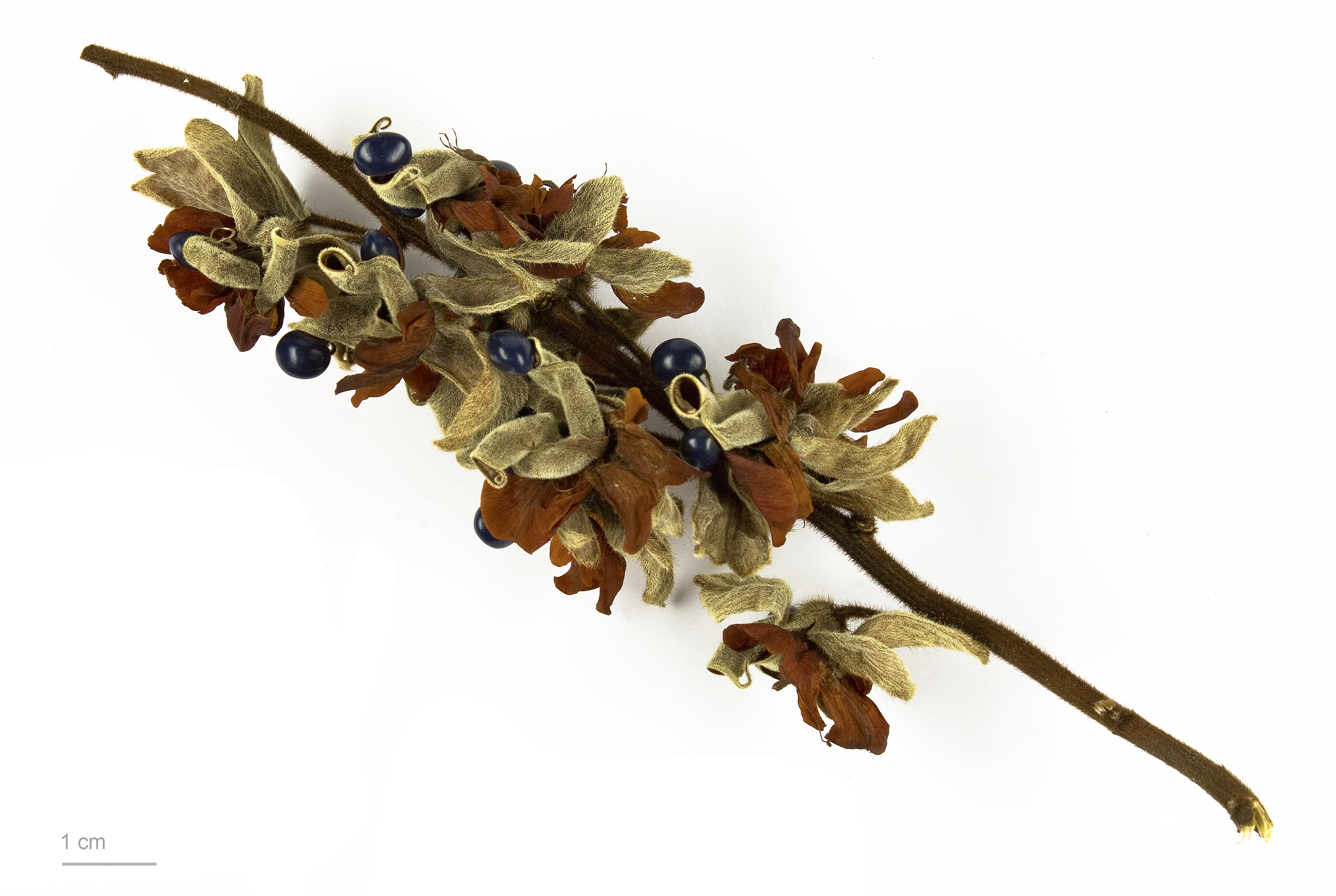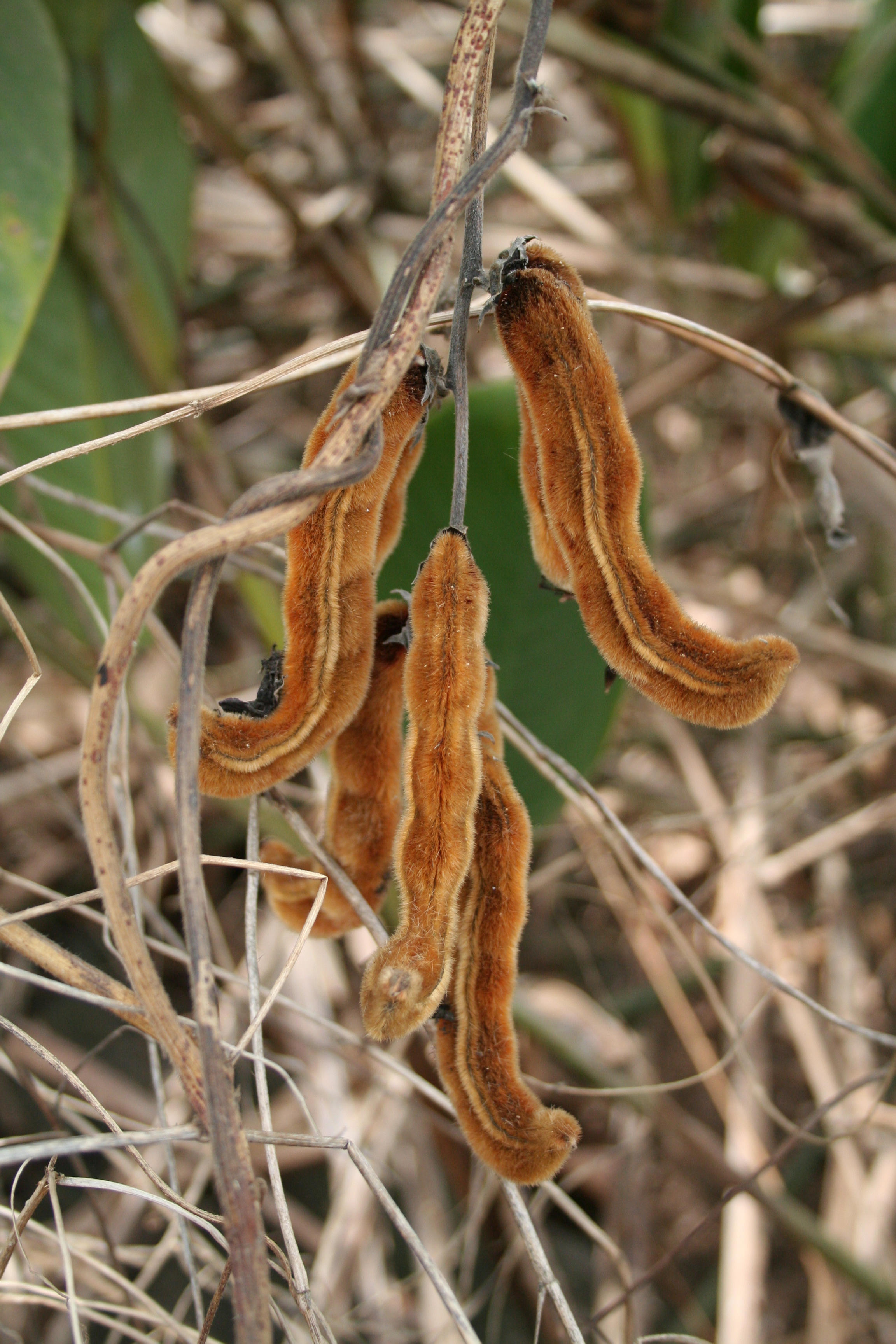|
Common Sailor
''Neptis hylas'', the common sailor, is a species of nymphalid butterfly found in the Indian subcontinent and southeast Asia. Distribution Throughout continental India; Sri Lanka; Assam; Nepal; Myanmar ( Tenasserim), extending to China and Indomalaya. Life history Larva Race ''varmona'' = ''eurynome''. Frederic Moore describes this from a drawing by Samuel Neville Ward as follows: "Head larger than the anterior segment, vertex with two short pointed spines, cheeks obtusely spined; third, fourth, sixth and twelfth segments armed with a subdorsal pair of stout fleshy spiny processes, those on the fourth segment longest. Colour pale green; face, the tip of processes and segments slightly washed with pale pinkish, a slight pinkish oblique lateral fascia from an anal process; a small, dark, lateral spot on the sixth segment." Pupa "Rather short; head-piece bluntly cleft in front, vertex pointed; thorax dorsally prominent and angular; dorsum angular at base; abdominal segm ... [...More Info...] [...Related Items...] OR: [Wikipedia] [Google] [Baidu] |
Carl Linnaeus
Carl Linnaeus (; 23 May 1707 – 10 January 1778), also known after his ennoblement in 1761 as Carl von Linné Blunt (2004), p. 171. (), was a Swedish botanist, zoologist, taxonomist, and physician who formalised binomial nomenclature, the modern system of naming organisms. He is known as the "father of modern taxonomy". Many of his writings were in Latin; his name is rendered in Latin as and, after his 1761 ennoblement, as . Linnaeus was born in Råshult, the countryside of Småland, in southern Sweden. He received most of his higher education at Uppsala University and began giving lectures in botany there in 1730. He lived abroad between 1735 and 1738, where he studied and also published the first edition of his ' in the Netherlands. He then returned to Sweden where he became professor of medicine and botany at Uppsala. In the 1740s, he was sent on several journeys through Sweden to find and classify plants and animals. In the 1750s and 1760s, he continued to collect an ... [...More Info...] [...Related Items...] OR: [Wikipedia] [Google] [Baidu] |
Frederic Moore
Frederic Moore FZS (13 May 1830 – 10 May 1907) was a British entomologist and illustrator. He produced six volumes of ''Lepidoptera Indica'' and a catalogue of the birds in the collection of the East India Company. It has been said that Moore was born at 33 Bruton Street, but that may be incorrect given that this was the address of the menagerie and office of the Zoological Society of London from 1826 to 1836. Moore was appointed an assistant in the East India Company Museum London from 31 May 1848 on a "disestablished basis" and became a temporary writer and then an assistant curator at the East India Museum with a pension of £330 per annum from 31 December 1879. He had a daughter Rosa Martha Moore. He began compiling ''Lepidoptera indica'' (1890–1913), a major work on the butterflies of the South Asia in 10 volumes, which was completed after his death by Charles Swinhoe. Many of the plates were produced by his son while some others were produced by E C Knight and John ... [...More Info...] [...Related Items...] OR: [Wikipedia] [Google] [Baidu] |
Rhynchosia
''Rhynchosia'', also known as snoutbean, is a genus of plants in the family Fabaceae. There are several different complexes within the genus, including the ''Senna'' complex.Turner,B.L., http://www.biosci.utexas.edu/prc/pdfs/Turner-Lundellia14.pdf Species Species include: * '' Rhynchosia americana'' * '' Rhynchosia calosperma'' * '' Rhynchosia caribaea'' * '' Rhynchosia chapmanii''Verdcourt, B. (2000). New species of ''Rhynchosia'' Lour. (Leguminosae-Phaseoleae-Cajaninae) from the ''Flora Zambesiaca'' area. ''Kew Bulletin'' 55:1 137-46. * '' Rhynchosia chimanimaniensis'' * '' Rhynchosia cinerea'' * '' Rhynchosia cytisoides'' * '' Rhynchosia densiflora'' * '' Rhynchosia difformis'' * '' Rhynchosia edulis'' * '' Rhynchosia latifolia'' * '' Rhynchosia lewtonii'' * '' Rhynchosia malacophylla'' * '' Rhynchosia michauxii'' * '' Rhynchosia minima'' * '' Rhynchosia parvifolia'' * '' Rhynchosia phaseoloides'' * '' Rhynchosia precatoria'' * '' Rhynchosia reniformis'' * ... [...More Info...] [...Related Items...] OR: [Wikipedia] [Google] [Baidu] |
Paracalyx Scariosus
''Paracalyx'' is a genus of legume in the family Fabaceae. It contains the following species: * ''Paracalyx balfourii'' * ''Paracalyx scariosa ''Paracalyx'' is a genus of legume in the family Fabaceae The Fabaceae or Leguminosae,Phaseoleae Taxonomy articles created by Polbot Fabaceae genera {{Phaseoleae-stub ... [...More Info...] [...Related Items...] OR: [Wikipedia] [Google] [Baidu] |
Paracalyx
''Paracalyx'' is a genus of legume in the family Fabaceae. It contains the following species: * ''Paracalyx balfourii'' * ''Paracalyx scariosa'' References Phaseoleae Taxonomy articles created by Polbot Fabaceae genera {{Phaseoleae-stub ... [...More Info...] [...Related Items...] OR: [Wikipedia] [Google] [Baidu] |
Mucuna Purpurea
''Mucuna'' is a genus of around 100 accepted species of climbing lianas (vines) and shrubs of the family Fabaceae: tribe Phaseoleae, typically found in tropical forests. The leaves are trifoliolate, alternate, or spiraled, and the flowers are pea-like but larger, with distinctive curved petals, and occurring in racemes. Like other legumes, ''Mucuna'' plants bear pods. They are generally bat-pollinated and produce seeds that are buoyant sea-beans. These have a characteristic three-layered appearance, appearing like the eyes of a large mammal in some species and like a hamburger in others (most notably '' M. sloanei'') and giving rise to common names like deer-eye beans, donkey-eye beans, ox-eye beans, or hamburger seed. The name of the genus is derived from ''mucunã'', a Tupi–Guarani word for these species. Ecology Some ''Mucuna'' species are used as food plants by caterpillars of Lepidoptera. These include ''Morpho'' butterflies and the two-barred flasher (''Astraptes fulger ... [...More Info...] [...Related Items...] OR: [Wikipedia] [Google] [Baidu] |
Lathyrus
''Lathyrus'' is a genus of flowering plants in the legume family Fabaceae, and contains approximately 160 species. Commonly known as peavines or vetchlings, they are native to temperate areas, with a breakdown of 52 species in Europe, 30 species in North America, 78 in Asia, 24 in tropical East Africa, and 24 in temperate South America. There are annual and perennial species which may be climbing or bushy. This genus has numerous sections, including ''Orobus'', which was once a separate genus. Uses Many species are cultivated as garden plants. The genus includes the garden sweet pea (''Lathyrus odoratus'') and the perennial everlasting pea (''Lathyrus latifolius''). Flowers on these cultivated species may be rose, red, maroon, pink, white, yellow, purple or blue, and some are bicolored. They are also grown for their fragrance. Cultivated species are susceptible to fungal infections including downy and powdery mildew. Other species are grown for food, including the Indian pea ... [...More Info...] [...Related Items...] OR: [Wikipedia] [Google] [Baidu] |
Flemingia
''Flemingia'' is a genus of plants in the legume family Fabaceae. It is native to Asia and the species are distributed in Bhutan, Burma, China, India; Indonesia, Laos, Malaysia, Nepal, Pakistan, Papua New Guinea, Philippines, Sri Lanka, Taiwan, Thailand and Vietnam. The genus was erected in 1812. Diversity The number of known species is ambiguous due to taxonomic problems; and is usually enumerated as more than 30. Burma and China have the highest record of ''Flemingia'' species with 16 each, followed by India (with 15 species), Thailand (11 species), Laos (10 species), Vietnam (8 species), Bhutan (1 species) and Nepal (5 species). Traditional use Some species of ''Flemingia'' are used in the herbal medicine traditions of various Asian communities. This is attributed to their unique chemical properties, especially those of flavonoids and sterols. Their most common applications in traditional medicine are for epilepsy, dysentery, stomach ache, insomnia, cataract, helminthiasi ... [...More Info...] [...Related Items...] OR: [Wikipedia] [Google] [Baidu] |
Urena Lobata
''Urena'' is the genus of plants, which grow in various tropical and subtropical areas worldwide. Some view the plant as a weed, but others make use of its fiber for various purposes. The leaves and flowers are also a famine food in Africa. Its seeds are spread by animals. Fibers obtained from it are used for making coffee sacks in Brazil. Gallery File:Urena lobata in Narshapur forest, AP W IMG 0798.jpg, ''Urena lobata'' var. ''sinuata'' in Narsapur, Medak district, India. File:Urena lobata in Narshapur forest, AP W IMG 0796.jpg, ''Urena lobata'' var. ''sinuata'' in Narsapur, Medak district, India. File:Urena lobata var sinuata W IMG 1353.jpg, ''Urena lobata'' var. ''sinuata'' in Narsapur, Medak district, India India, officially the Republic of India (Hindi: ), is a country in South Asia. It is the seventh-largest country by area, the second-most populous country, and the most populous democracy in the world. Bounded by the Indian Ocean on the so .... References ... [...More Info...] [...Related Items...] OR: [Wikipedia] [Google] [Baidu] |
Canavalia Ensiformis
''Canavalia ensiformis'' (jack bean) is a legume which is used for animal fodder and human nutrition, especially in Brazil where it is called ''feijão-de-porco'' ("pig bean"). It is also the source of concanavalin A. Description ''C. ensiformis'' is a twining plant up to in height. It has deep roots, which makes it drought resistant. The plant can spread via long runners. The flowers are pink-purple in colour. The pods are up to long with large white seeds. Uses The plant is not in large-scale commercial cultivation. The beans are mildly toxic, and copious consumption should be avoided. Boiling will, however, remove toxicity if done properly. Young foliage is also edible. The whole plant is used for fodder, although it cannot be used in fodder mixtures containing urea, since it contains large quantities of the enzyme urease, which liberates harmful ammonia from urea. For this reason ''C. ensiformis'' has been investigated as a potential source of the urease enzyme. It ... [...More Info...] [...Related Items...] OR: [Wikipedia] [Google] [Baidu] |
Fabaceae
The Fabaceae or Leguminosae,International Code of Nomenclature for algae, fungi, and plants. Article 18.5 states: "The following names, of long usage, are treated as validly published: ....Leguminosae (nom. alt.: Fabaceae; type: Faba Mill. Vicia L.; ... When the Papilionaceae are regarded as a family distinct from the remainder of the Leguminosae, the name Papilionaceae is conserved against Leguminosae." English pronunciations are as follows: , and . commonly known as the legume, pea, or bean family, are a large and agriculturally important of |
Hevea Brasiliensis
''Hevea brasiliensis'', the Pará rubber tree, ''sharinga'' tree, seringueira, or most commonly, rubber tree or rubber plant, is a flowering plant belonging to the spurge family Euphorbiaceae Euphorbiaceae, the spurge family, is a large family of flowering plants. In English, they are also commonly called euphorbias, which is also the name of a genus in the family. Most spurges, such as '' Euphorbia paralias'', are herbs, but some, ... originally native to the Amazon basin, but is now pantropical in distribution due to introductions. It is the most economically important member of the genus ''Hevea'' because the milky latex extracted from the tree is the primary source of natural rubber. Description ''H. brasiliensis'' is a tall deciduous tree growing to a height of up to in the wild, but cultivated trees are usually much smaller because drawing off the latex restricts the growth of the tree. The trunk is cylindrical and may have a swollen, bottle-shaped base. The bark is ... [...More Info...] [...Related Items...] OR: [Wikipedia] [Google] [Baidu] |






